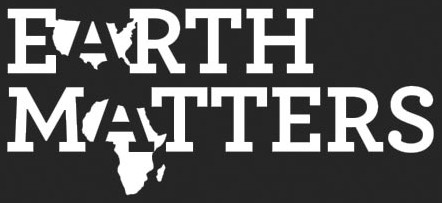
An anthill in the Lunda countryside, Congo (Democratic Republic).
Photograph by Emile Gorlia, lantern slide, ca. 1910.
Emile Gorlia Collection
EEPA 1977-0001-179-01
Eliot Elisofon Photographic Archives
National Museum of African Art
Smithsonian Institution
There are estimated to be over 2,000 known termite species around the world, with more expected to be discovered, named and added to the taxonomy in the future. Here in North America, termites typically remain hidden pests but in the tropical savannas and drier savannas of regions in Africa (as well as Australia), termite termitariums can dominate the landscape, occasionally reaching up to 30 feet tall.A typical smaller termite mound, as taken in this archival photo by Emile Gorlia in 1910 in what is now the Democratic Republic of the Congo, can also take quite an impressive form. For residents in these areas, termite mounds are an indelible part of their interactions with the earth.
Several of the objects in Earth Matters feature termite mounds or are constructed with soil from termite mounds and reveal the ways that. Among west African Wee peoples, the mud of a termite mound has had many important connotations: its red coloration speaks to blood; its phallic shape connecting to underground structure tunnels relates to fertility; and its clay-like plasticity is linked symbolically to the origins of humankind. Thus, clay from termite mounds was a crucial component in the making of glé heads – oracles made by a practitioner of glé – used to combat malignant sorcery and disease, as well as discover the perpetrators of crimes. The mud made from termitariums, as well as other materials, was also ingested by glé practitioners, bringing them closer in contact with the potent spirit of glé through the power of earthen materials.
The material of termite mounds binds and reinforces connections to the power of the earth. These mounds can reach beyond and below what mere human eyes can see.
Their shape signals a conduit to the underground, an otherwise enigmatic and inexhaustible territory. Thus termite mounds can be symbolic of the transition between the underground and the visible earth, this life and the next.
The giwoyo-inspired mask displayed in Earth Matters uses the shape of the termite mound (in this case, that those of the genus Cubitermes sp., whose mounds, unlike the one above, has a mushroom-shaped superstructure). Used by the Pende people of central Africa, giwoyo was danced to reach across from the world of the living to that of the dead, to extend across transitional spaces in the same way that a termite mound does.
For these and other African cultures, termite mounds act as more than simple metaphors or abstractions but as profound features of the landscape. Termitariums help shape understandings of earth and what earth is in concrete ways. Visit Earth Matters for yourself and try to spot even more references to termitariums
